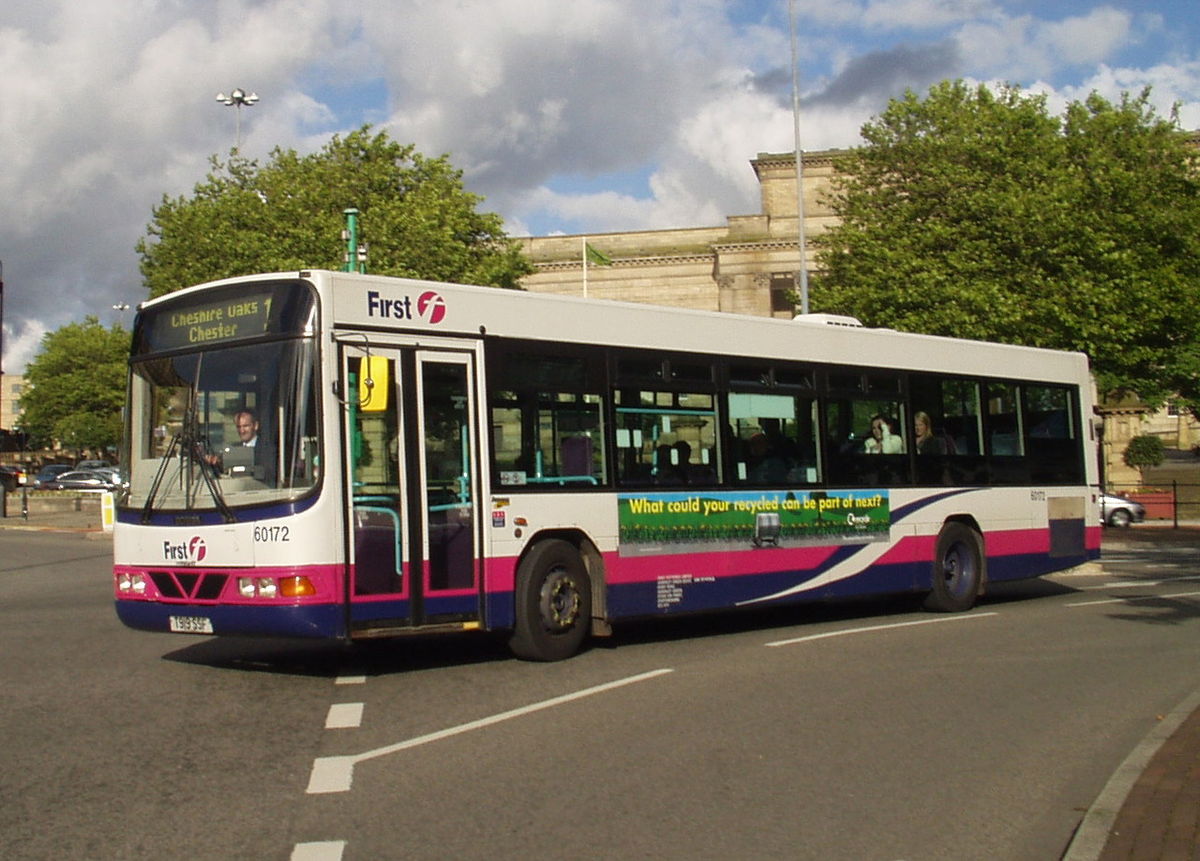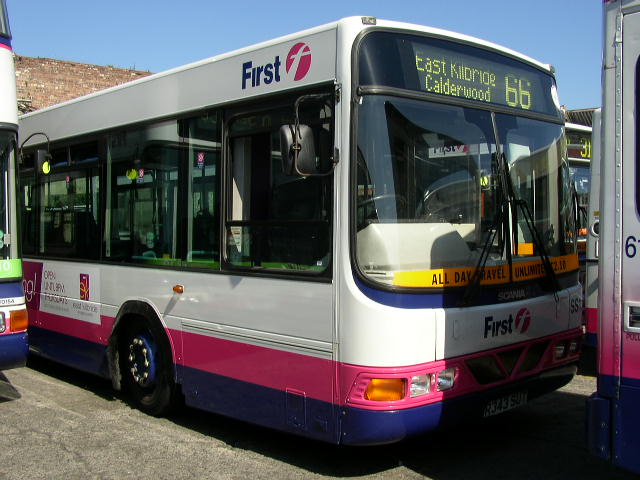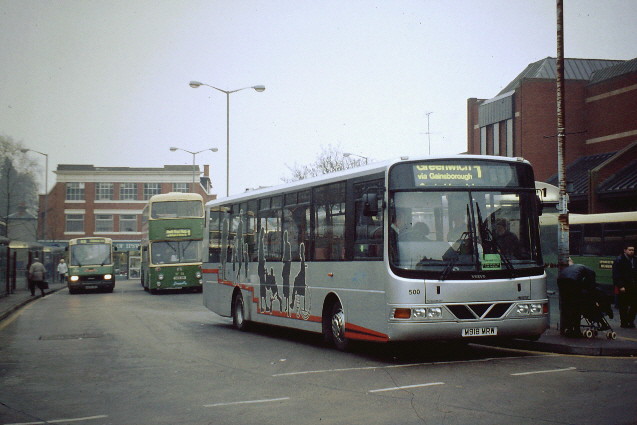Hullian111
Member
Hi all, in researching for writing up a Wikipedia article on the Wright Crusader, I stumbled upon an old issue of Bus and Coach Buyer (issue 436, 5 December 1997) in which Andy Izatt writes about the First Floline Crusader for Universitybus. Per site rules, not totally sure if I can post a photo of the article here.
However, there's something that has stumped me - and has stumped me for quite a while. For a moment, I assumed this article was about the first Crusader-bodied Darts in general, but the further I go down through the article, it reads:
Which brings me to my title question: what on earth is a Wrightbus 'Floline'? I'm aware it was somewhat of a low-floor Wrightbus concept in the nineties rolled oht to the rest of the 'Wright Classics' range, so its been nicknamed, but I can't say the following quote gives a lot away:
However, there's something that has stumped me - and has stumped me for quite a while. For a moment, I assumed this article was about the first Crusader-bodied Darts in general, but the further I go down through the article, it reads:
Emphasis on "conventional", because now I'm stumped!The 10.8 metre 41 seater Dennis Dart SLF, incorporating four tip-up seats, will be used alongside conventional Wright Crusader bodied Dart SLFs on route 600/602 between Welwyn Garden City and Watford Junction via the University of Hertfordshire at Hatfield, Albans and the University's Watford Campus.
Which brings me to my title question: what on earth is a Wrightbus 'Floline'? I'm aware it was somewhat of a low-floor Wrightbus concept in the nineties rolled oht to the rest of the 'Wright Classics' range, so its been nicknamed, but I can't say the following quote gives a lot away:
So, what's all this about, then? Is the 'Floline' concept a fancy way of saying 'step-free access'? Or is it something else or more complicated entirely? I ask this here as there appears to be nothing else on the internet except for vaguely-sourced Wikipedia articles to go off, and the separate existence of Wright Axcess-Floline and Axcess-Ultralow bodies only complicates things a bit more.Robert Wright first unveiled its new Floline concept under the Renown name for the Volvo B10BLE earlier this year. At Coach & Bus 97 in October the design was extended to the Scania L94 as the Scania Access Floline.
Now it is being made available on the 10.8 metre Dart. The idea behind Floline is to encourage people to make full use of all the seating and standing areas in the bus, and not to be put off by the steps into the rear section of the vehicle. The conventional Crusader body has two steps but the new Floline design reduces this to a single 180mm one ahead of the rear axle. This is achieved by a gently rising floor area between the front wheel arches and the rear step inclined by just 1.76 degrees.










